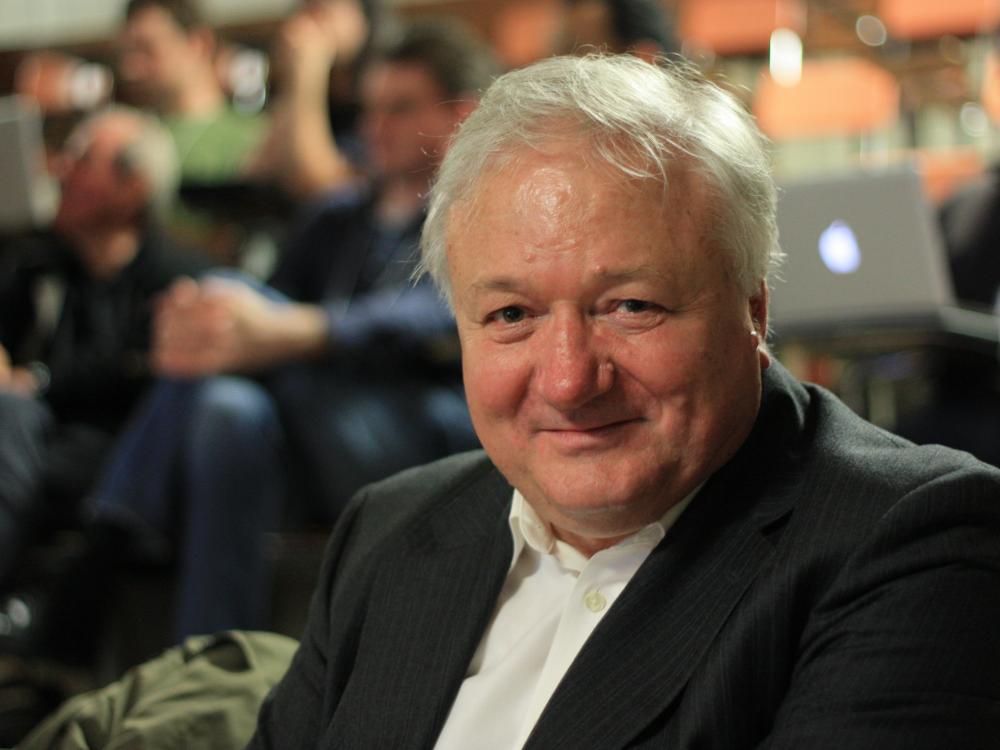
Hot Gas in Galaxy Clusters and Big Bang Cosmology
National Air and Space Museum in Washington, DC
Free, Tickets Required
6:30 p.m. Free Imax Film Presentation: Hubble in 3D
7:30 p.m. Meet the Lecturer/Question and Answers
8:00 - 9:00 Lecture
8:30 -10:00 Stargazing in the Public Observatory, weather permitting
One of the leading theoretical astrophysicists in the world, Rashid Sunyaev was born in 1943 in Tashkent, Uzbekistan, and trained in Moscow, where he flourished at its leading scientific institutions, exploring the most fascinating and challenging areas of modern cosmology. He and his colleagues, for example, formulated the standard model of how black holes eat anything that comes within their gravitational reach. He has also penetrated the mystery of where quasi-stellar radio sources, or quasars, derive their prodigious energies. He may be best known for his prediction and elucidation, with Yakov Zel’dovich, of powerful methods to derive the size, age, and shape of the universe from observed fluctuations in the cosmic background radiation, the remnants of the Big Bang. It is this latter study that he will explore in the Bahcall lecture, specifically how ionized gases permeating giant clusters of galaxies can distort the observed background radiation, and how accounting for these distortions can greatly improve our understanding of the origin of the universe.
The John N. Bahcall Lecture, which is cosponsored and hosted by the National Air and Space Museum, is part of the Space Telescope Science Institute’s Distinguished Visiting Scientists Program and is made possible by the generous support of the Hubble Space Telescope Project/NASA Goddard Space Flight Center.
How to attend
National Air and Space Museum in Washington, DC
6th St. and Independence Ave SW. Washington, DC 20560
We rely on the generous support of donors, sponsors, members, and other benefactors to share the history and impact of aviation and spaceflight, educate the public, and inspire future generations. With your help, we can continue to preserve and safeguard the world’s most comprehensive collection of artifacts representing the great achievements of flight and space exploration.